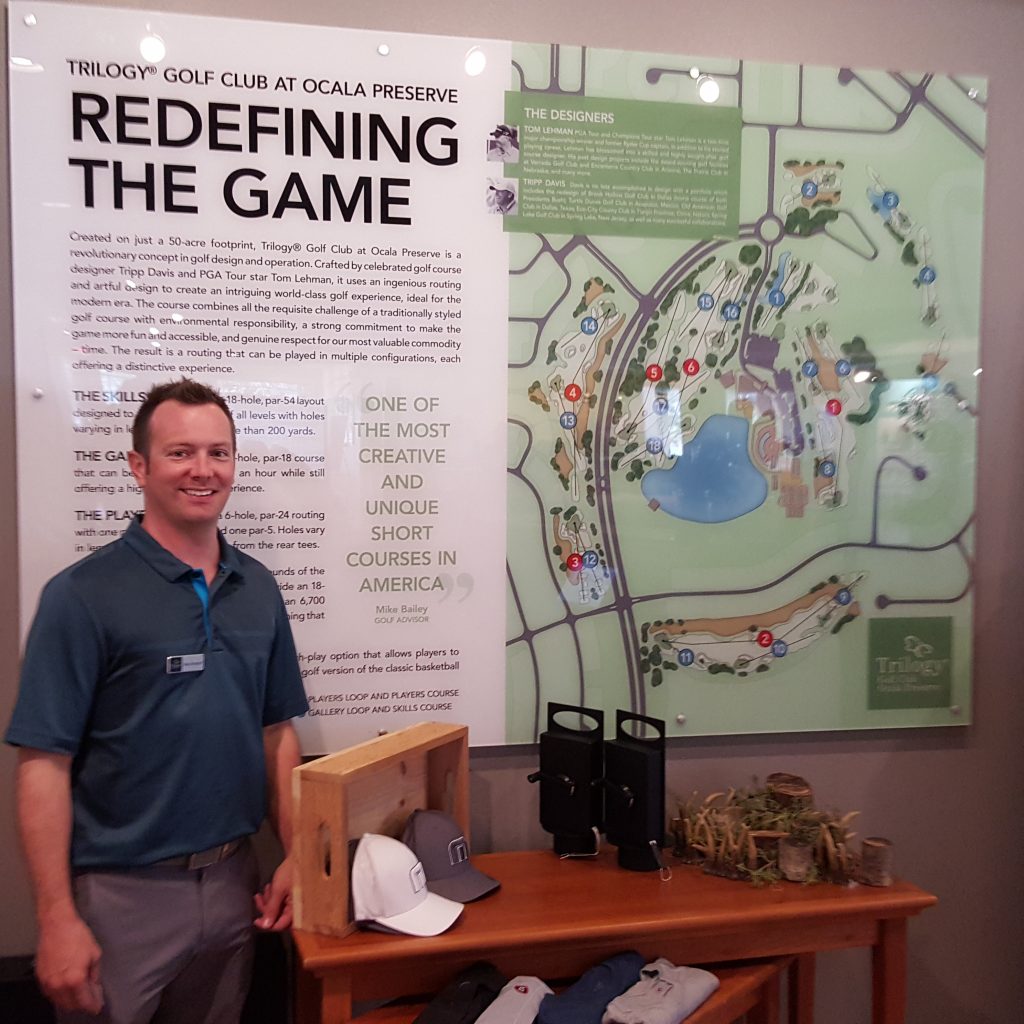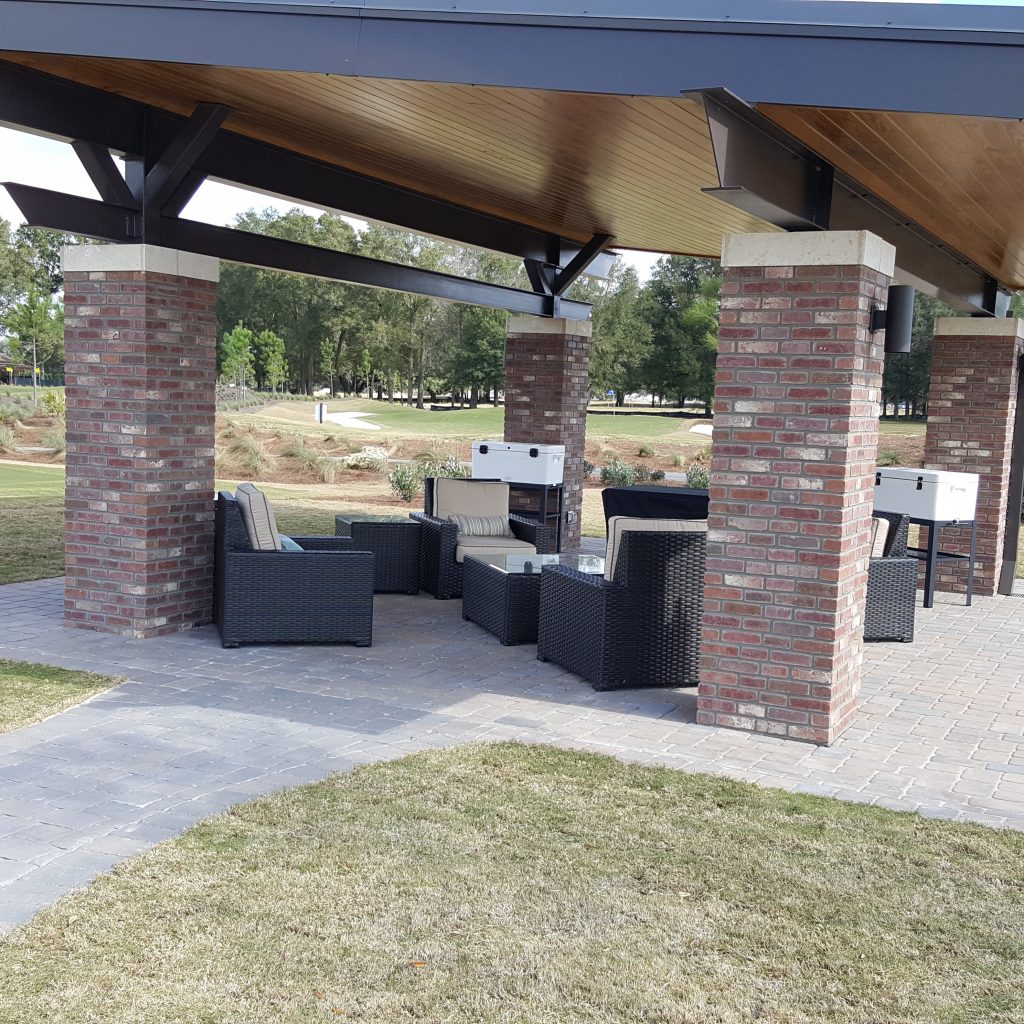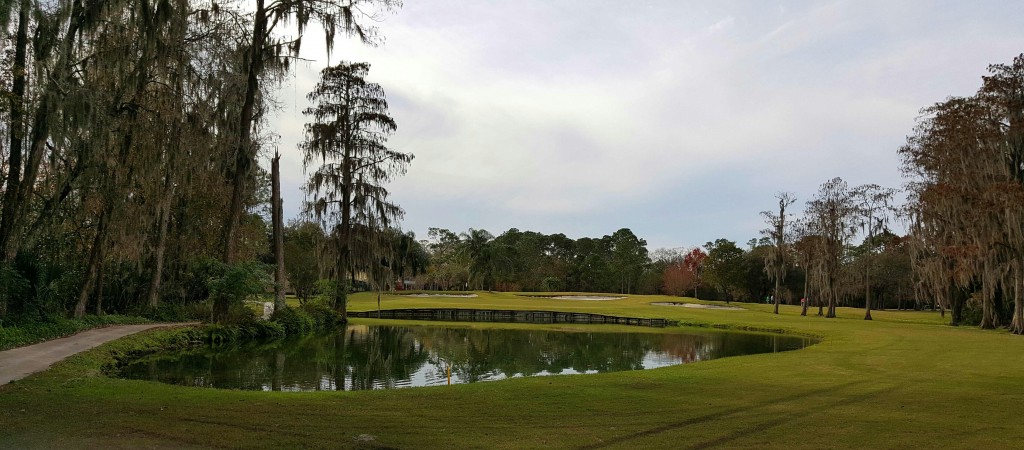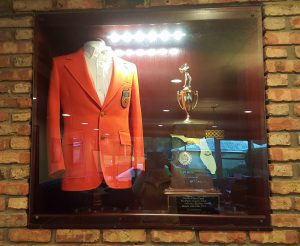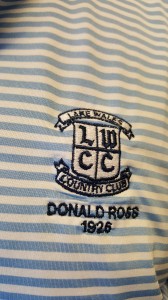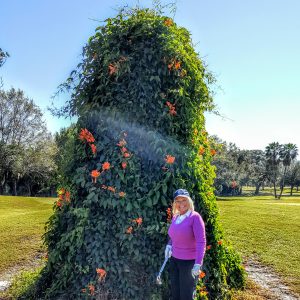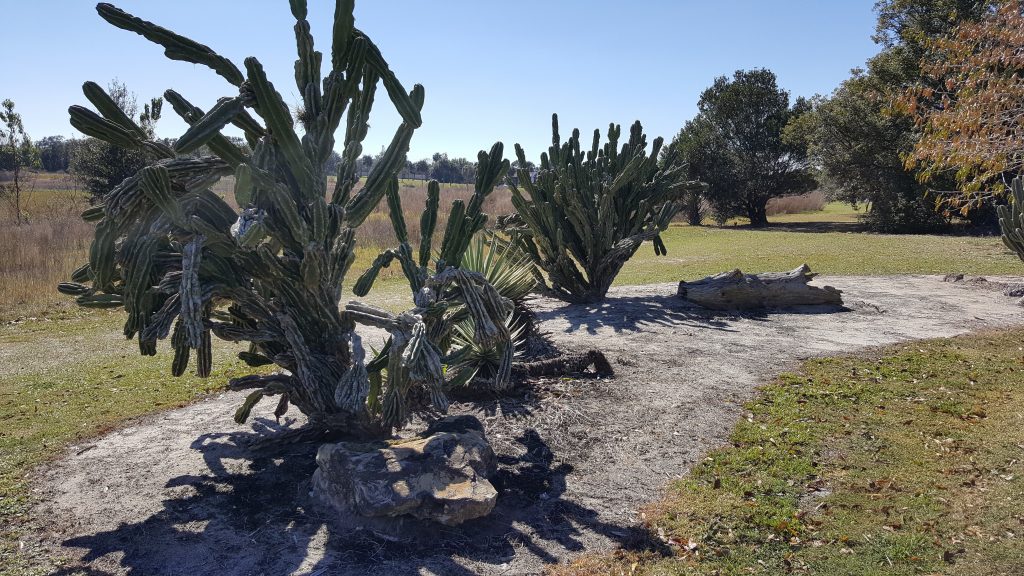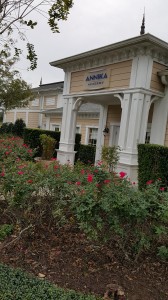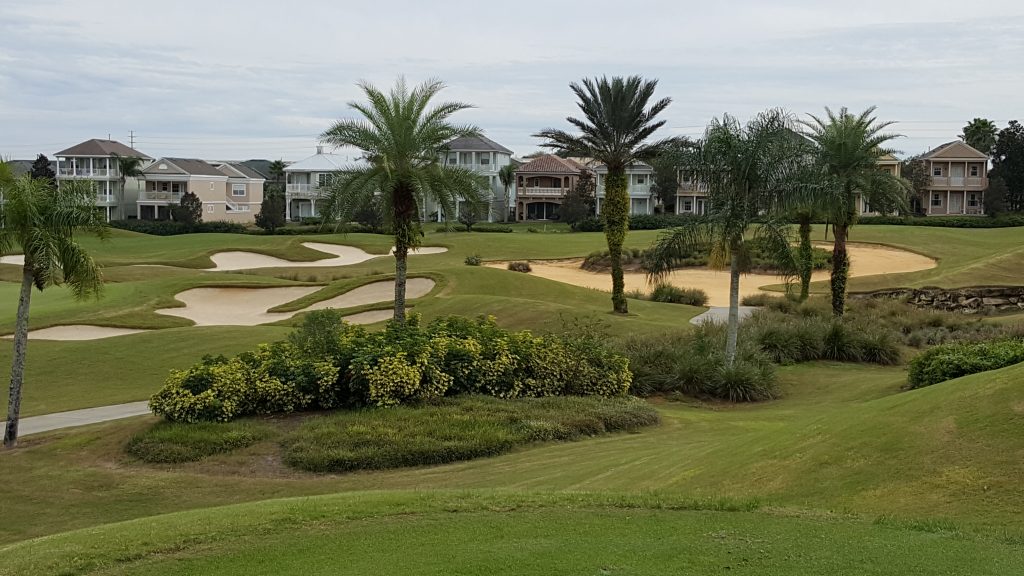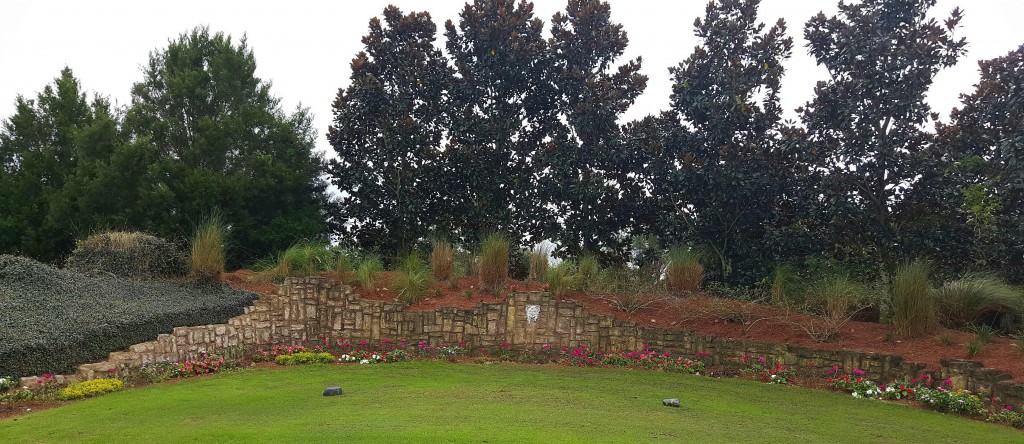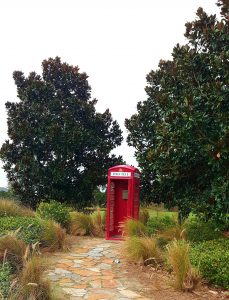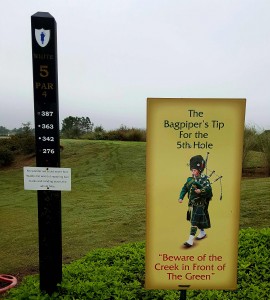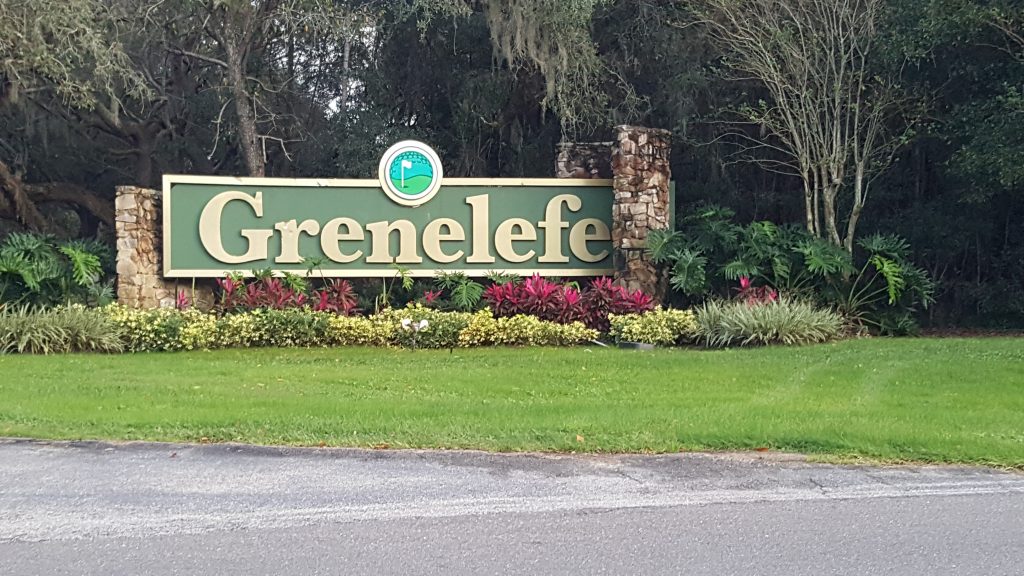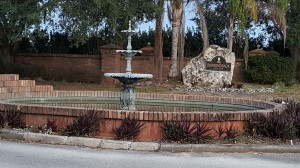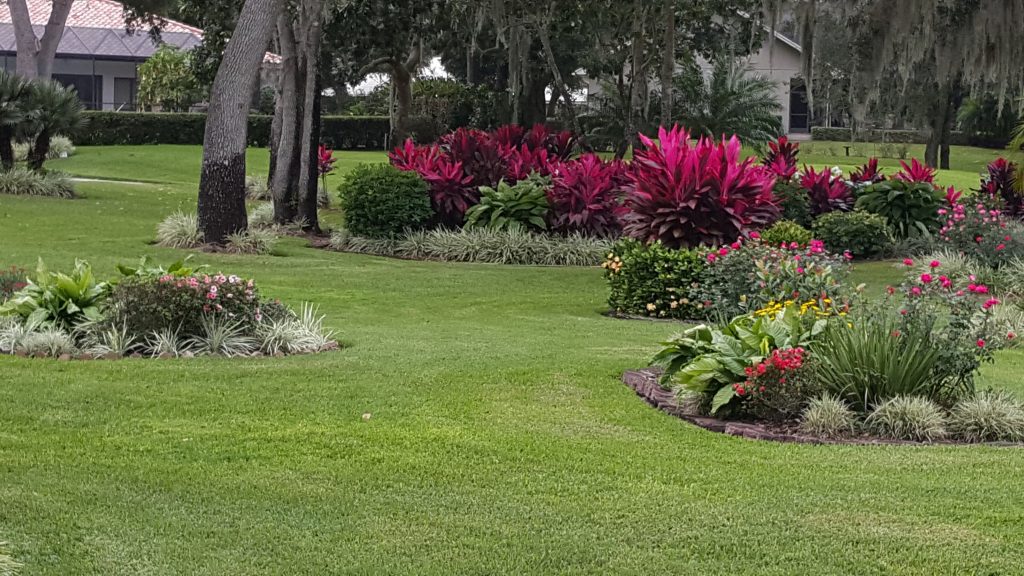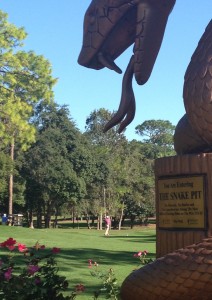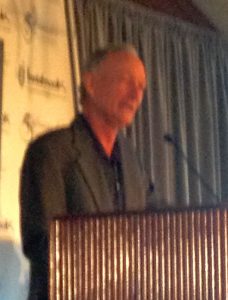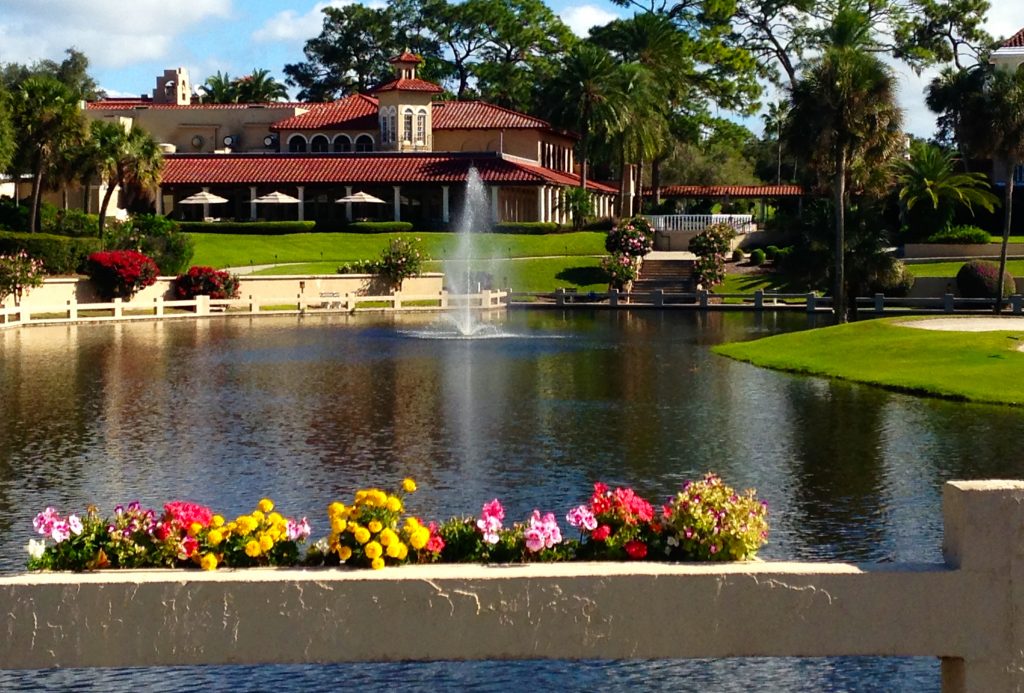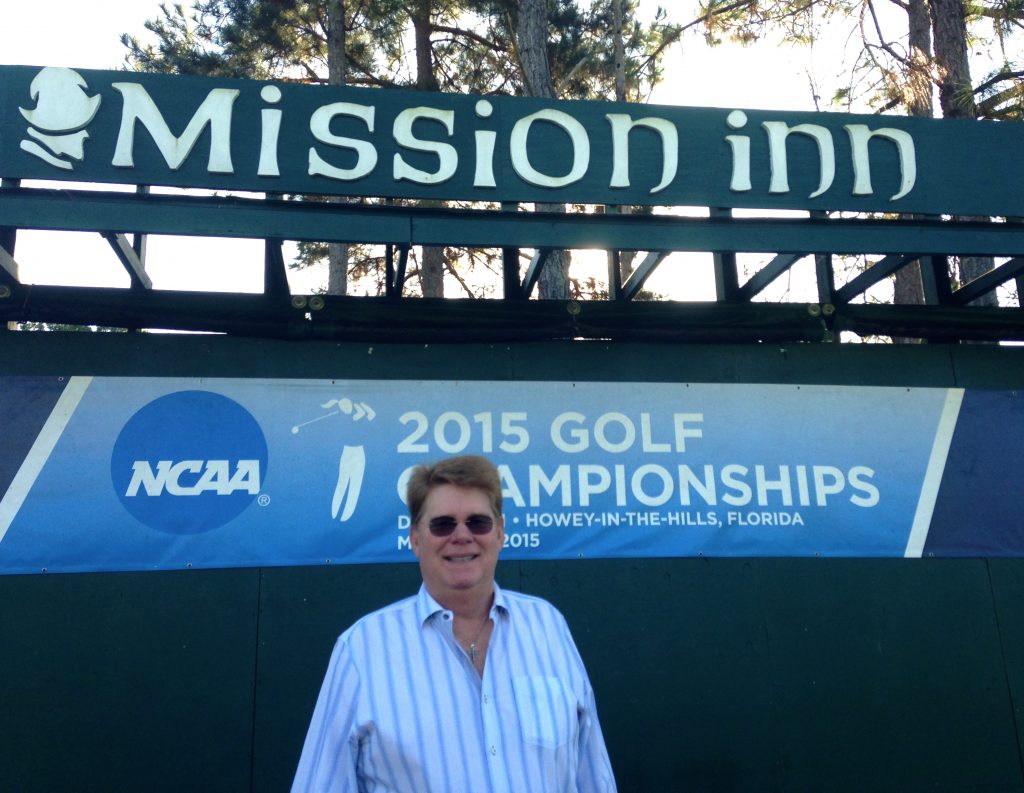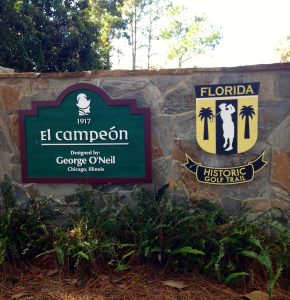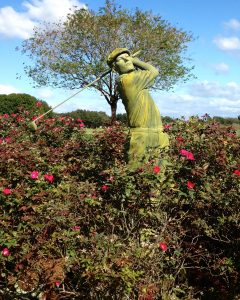With the PGA Tour’s BMW Championship to be played in Indianapolis this year, the biggest golf tournament of 2016 in the Chicago area will be the UL International Crown – a global team competition put on by the Ladies PGA Tour. will be played at the Merit Club in Libertyville from July 19-24.
The LPGA has taken a low-key approach to this year’s Crown since last fall’s surprise venue change. That will soon change, according to LPGA media communications director Kelly Schultz.
“We’ll be having a few different events – perhaps one in February, then ones in May and June. There will be a big push for us in Chicago, said Schultz. “We’re still educating people because the Crown is very different from everything else.’’
The Crown event, to determine the best nation in women’s golf, has been played only once. Spain won the inaugural staging at Cave’s Valley near Baltimore in 2014. The creation of the competition was announced at the PGA Merchandise Show in 2013 and Rich Harvest Farms, in Sugar Grove, was named to host the second staging in 2016.
A fallout between the LPGA and Rich Harvest owner Jerry Rich ended that possibility, and the Merit Club was named the site last Nov. 24. Neither the LPGA nor Rich has discussed the reasons for the split.
“I can’t speak to any specifics,’’ said Schultz, “but we’re really excited about the Merit Club. It’s a great location, a great venue with a major championship history. Now it will be host on the big stage again. We love Chicago, and Chicago loves women’s golf.’’
Chicago certainly did in 2009, when crowds were big at the Solheim Cup matches at Rich Harvest. The Crown, though, is a different animal. It has a somewhat complicated two-year long qualifying process that requires some immediate study to fully appreciate the significance of what will happen at the Merit Club in six months.
The eight team participants will be revealed after the A&A Inspiration event on April 3 and the four players on each of those teams won’t be determined until June 13, after the KPMG Women’s PGA Championship. Both the teams and the individual participants will be decided by the world rankings on those dates. The competition for both heats up this week in the LPGA’s first U.S. event of the year – the $1.5 million Coates Championship at Florida’s Ocala Golf & Equestrian Club, which is about 80 miles from last week’s PGA Merchandise Show in Orlando.
To avoid conflict with the Super Bowl the Coates Championship has a Wednesday through Saturday run (FEB 3-6). Regardless of the outcome in Ocala and the results in the next seven tournaments, the Crown participants will have some notable absentees.
Last year Suzann Pettersen, consistently one of the world’s players, couldn’t participate because she had no teammates from Norway on the LPGA Tour. That same problem will keep the current world’s No. 1 player, 18-year old sensation Lydia Ko, away from the Merit Club.
Last year Ko became the youngest player – man or woman – to gain golf’s No. 1 ranking but she can’t play in the Crown because New Zealand doesn’t have any other golfers eligible for the competition.
At this point defending champion Spain hasn’t even qualified. That country is No. 10 in the current standings and needs to climb to No. 8 to get in. The present top eight are Korea, the U.S., Japan, Chinese Taipei, Sweden, England, Thailand and Australia. China is No. 9 and – like Spain – needs some good showings by its residents in the next three months to play in the second International Crown.
On the individual side, one attraction for the Merit Club being chosen as Rich Harvest’s replacement as the host site was that it had hosted the 2000 U.S. Women’s Open. Australian Karrie Webb won that one, but her participation in the Crown is precarious at best. Australia is on the bubble, standing No. 8 and Webb hasn’t played yet. She makes her season debut next week in the Australian Open.
“Our players always get excited about competing for their country, and now they have the opportunity to do it twice within a month,’’ said Schultz, noting that golf returns to the Olympics in August in Brazil. Schultz insists the Crown won’t be looked on as a warmup for the Olympics.
“The Olympics is stroke play, a typical tournament,’’ she said. “Our players love the match play element (used in the International Crown). The International Crown represents what the LPGA is all about – the best players from around the world competing. It’s a huge thing for every country.’’

